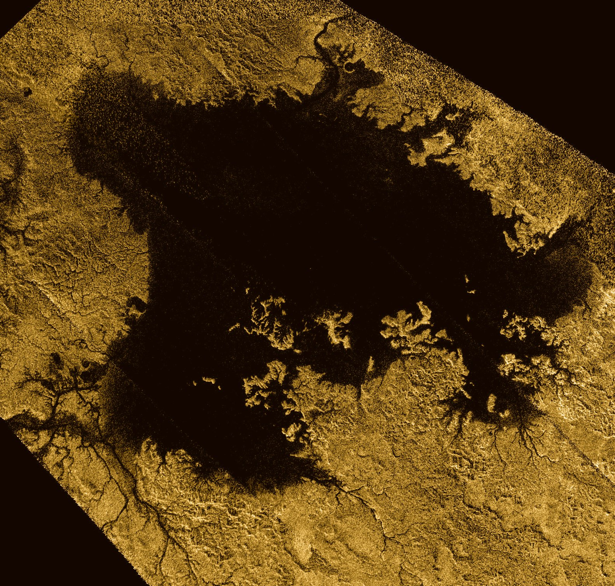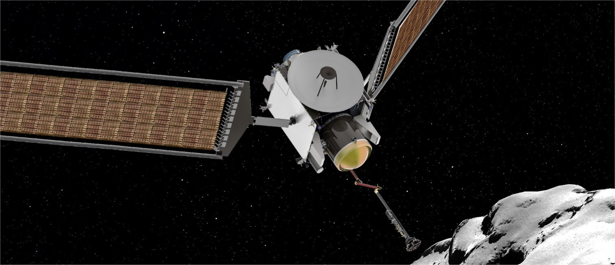
NASA just picked 2 finalists for its next billion-dollar space mission — here’s what the projects could accomplish
NASA says it will select a winner in 2019 and that the mission would be launch-ready by 2025
By Hilary Brueck
NASA just announced two finalists for its next robotic mission to explore mysterious corners of our solar system.
The picks for the mission, called New Frontiers-4, were chosen from a class of 12 proposals. The final winner will be chosen in 2019, NASA said, and will be granted US$850 million and a free rocket ride into the solar system, at a combined value of about US$1 billion.
One of the finalists, named ‘Dragonfly,’ is a lander that would head to Saturn’s moon Titan. The other, nicknamed CAESAR (which stands for Comet Astrobiology Exploration Sample Return), would go to the Churyumov–Gerasimenko comet and collect samples.
Each team now has roughly one year and US$4 million to finalise their concept before NASA makes its ultimate decision.
Here’s a first glimpse at what the ‘Dragonfly’ mission to Titan might look like. The project would attempt to follow up on and advance the Cassini probe’s groundbreaking 13-year exploration of Saturn.

Dragonfly is a dual-quadcopter lander that would take advantage of the thick atmosphere of Saturn’s largest moon to fly to a variety of locations, some hundreds of miles apart. The lander would sample materials and determine surface composition to investigate Titan’s organic chemistry and habitability, monitor atmospheric and surface conditions, capture images of landforms to investigate geological processes, and perform seismic studies.

CAESAR, a rendering of which is shown below, would fly back to a comet that the European Space Agency first explored in 2004 with its Rosetta mission.

The mission would grab a sample from the nucleus of Churyumov-Gerasimenko, with the hope of learning about how those materials contributed to the early Earth, including the origins of our oceans and life.
Whichever option NASA ultimately chooses, both missions would allow deeper exploration of fascinating corners of the solar system that we already have a bit of knowledge about.
This will be the fourth New Frontiers mission (hence the number in its name). The three previous missions were the New Horizons nuclear-powered probe that flew by Pluto in 2015 and is now going deeper into the Kuiper Belt; OSIRIS-REx, a robot that’s flying out to meet asteroid Bennu and bring a sample of it back to Earth; and the Juno mission, which is looping around Jupiter, recording unprecedented data and breathtaking images of the planet.

